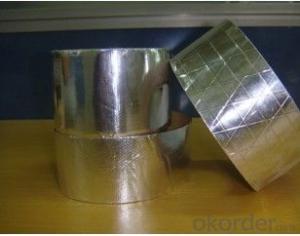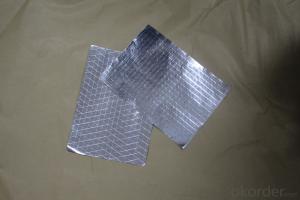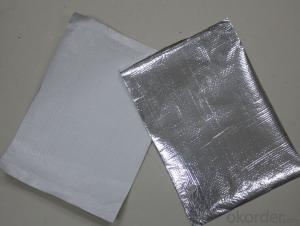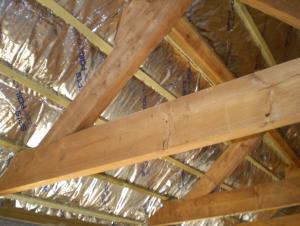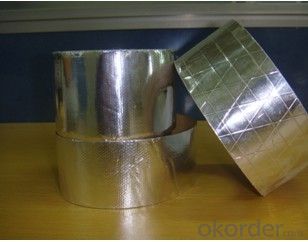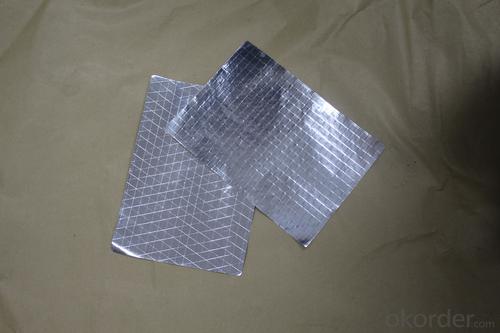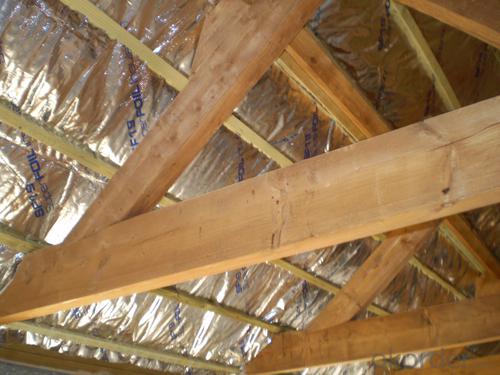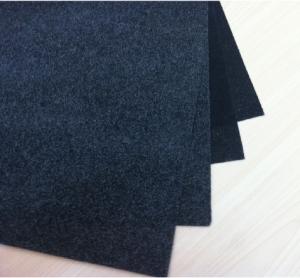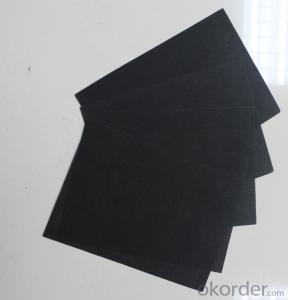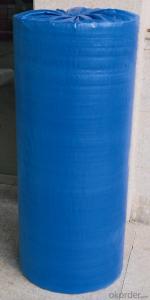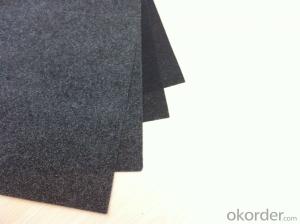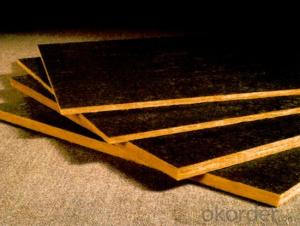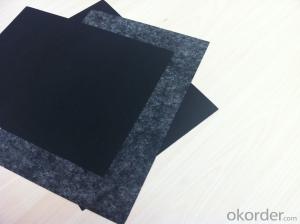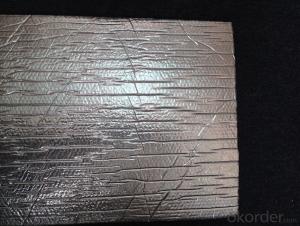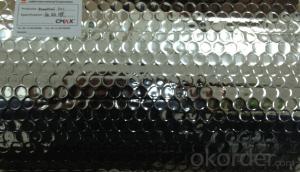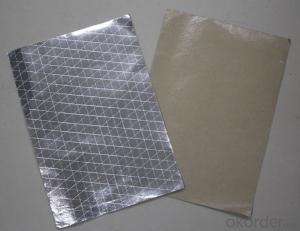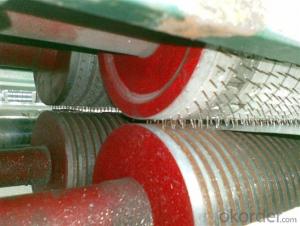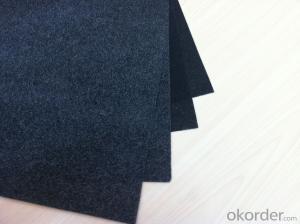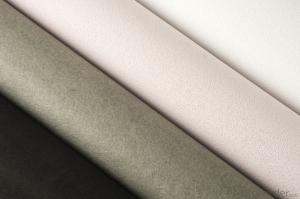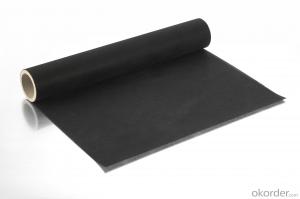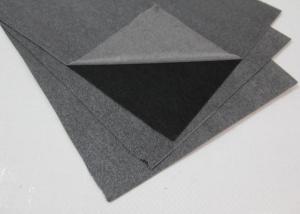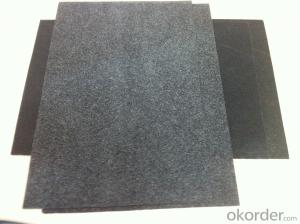Fiberglass Facing Flexible Ducts Bubble Foil Green Foil
- Loading Port:
- China Main Port
- Payment Terms:
- TT OR LC
- Min Order Qty:
- -
- Supply Capability:
- -
OKorder Service Pledge
OKorder Financial Service
You Might Also Like
Application:
1,Building Thermal Insulation Material
(1),Roof,Underlay,Under Concrete & floor Insulation;
(2),Attic,Crawl Space,Stud Wall ,Metal Frame Building Insulation.
2,Wrapping
(1),Protective coatings of ventilating pipe,HVAC Duct & Pipe;
(2),Shells of air conditioner and water heater.
Feature:
1), Waterproof, heavy duty, clean, light, flexible, non-absorbent surface
2), Fire resistant & antiglare
3), Recyclable, environmentally friendly
4), Effective in extreme temperatures both hot and cold
5), Easily install, cut, stapled, nailed or glued into place
6), Safe to handle with no special clothing or breathing Equipment
Feature:
1), Waterproof, heavy duty, clean, light, flexible, non-absorbent surface
2), Fire resistant & antiglare
3), Recyclable, environmentally friendly
4), Effective in extreme temperatures both hot and cold
5), Easily install, cut, stapled, nailed or glued into place
6), Safe to handle with no special clothing or breathing Equipment
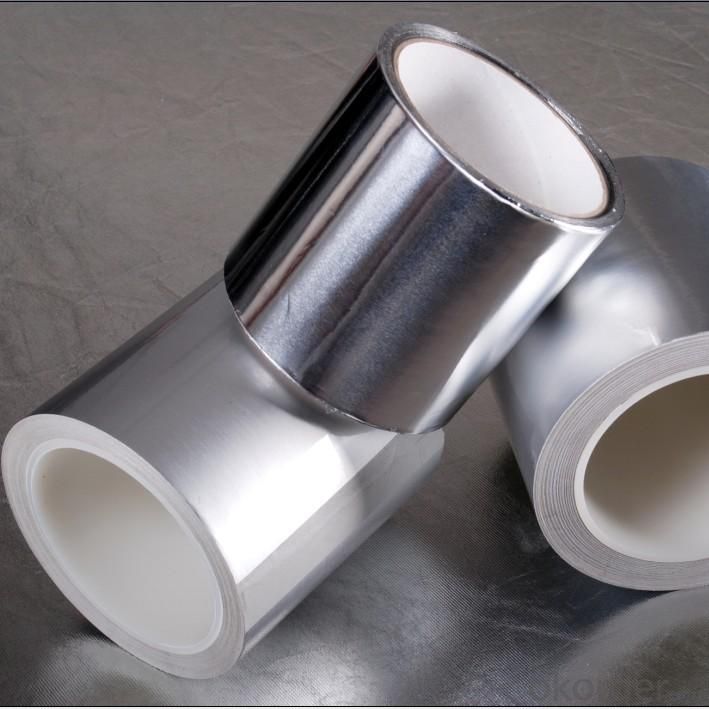
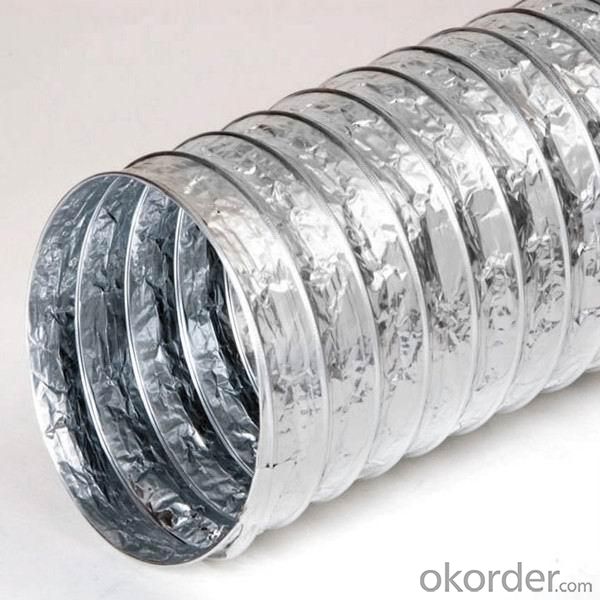
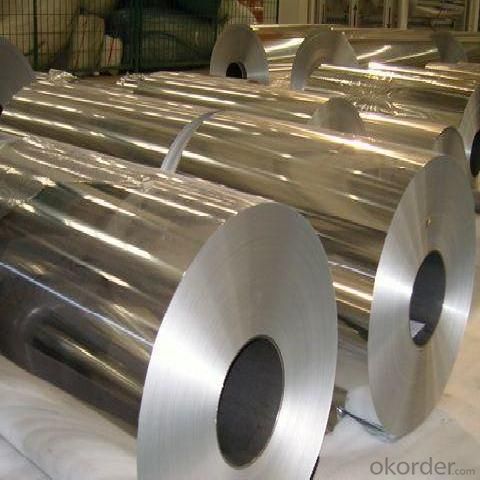
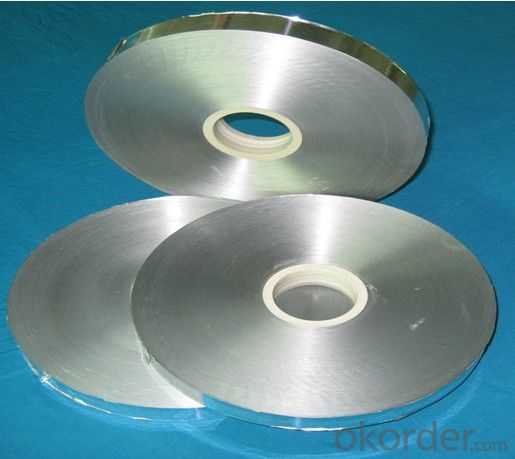
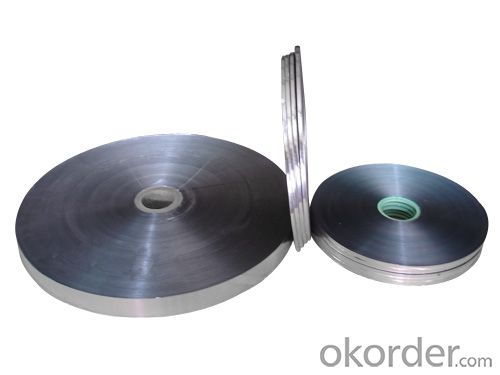
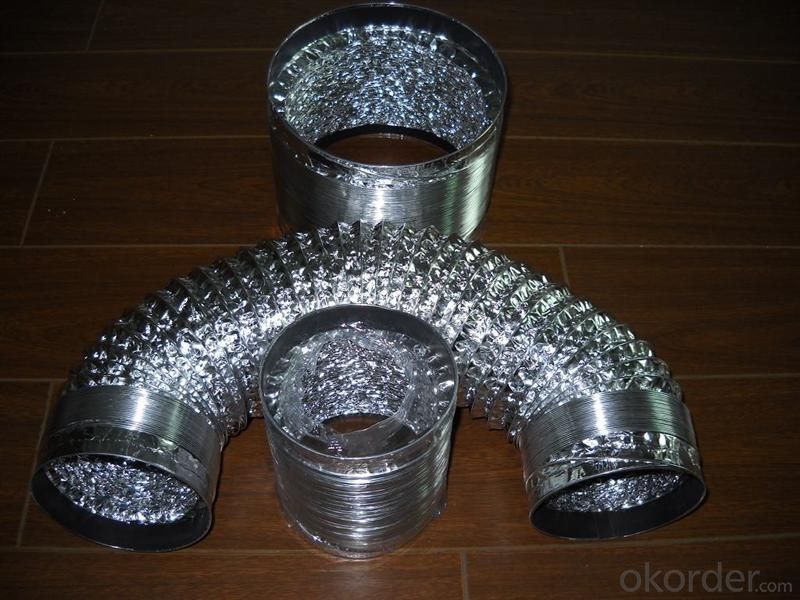
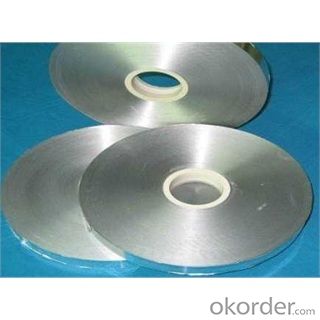
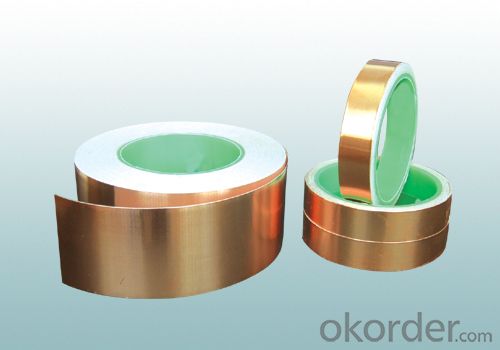
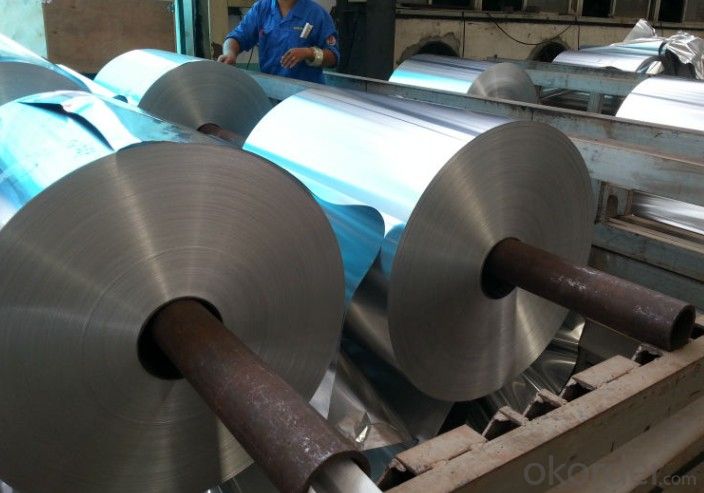
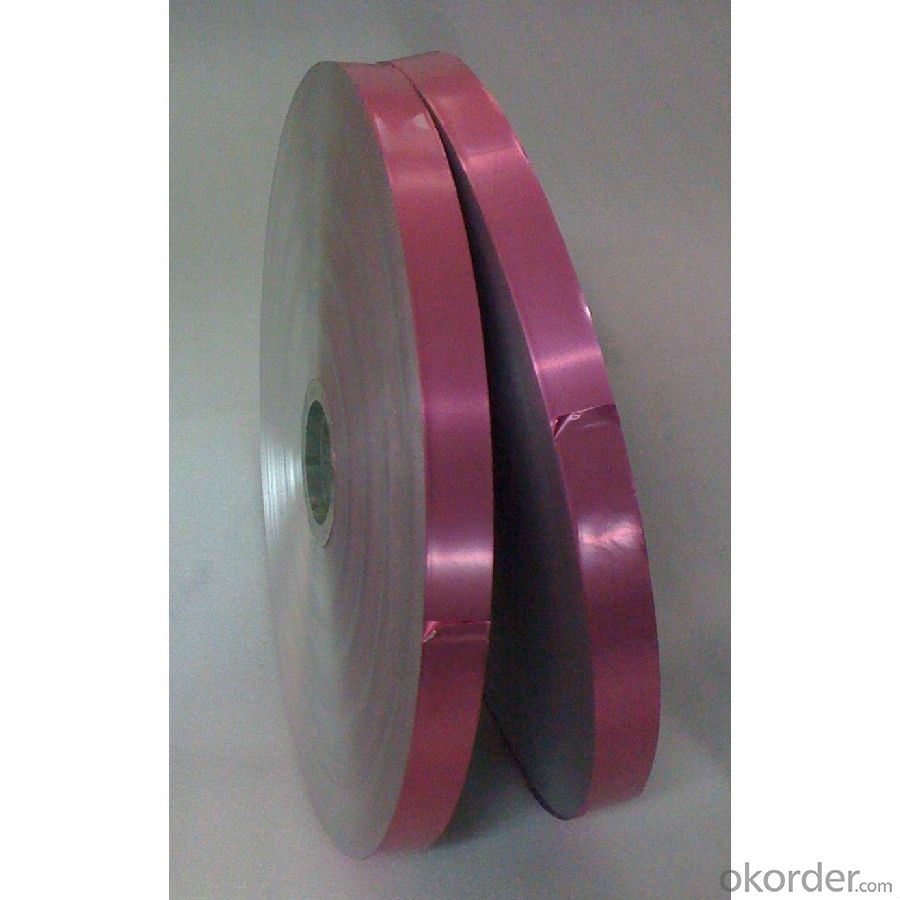
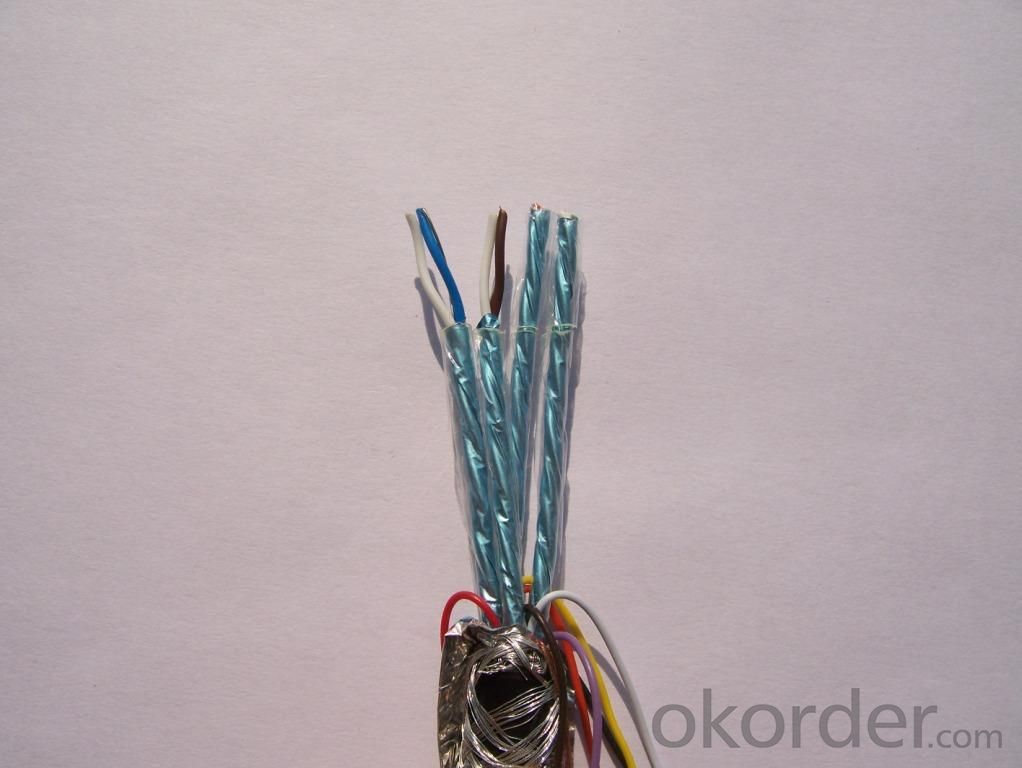
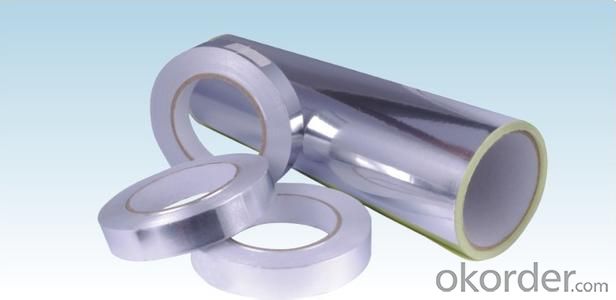
- Q: Is it safe and practical to use black fiberglass tissue as a material for bedding or curtains?
- <p>Black fiberglass tissue is not recommended for bedding or curtains due to its composition and properties. Fiberglass is a type of glass wool that can be irritating to the skin and respiratory system. It is typically used for insulation and not for direct contact with the skin or as a decorative material. For bedding and curtains, it's better to use materials that are soft, breathable, and safe for human contact, such as cotton, linen, or polyester blends.</p>
- Q: What are the distinguishing features of black fiberglass tissue when compared to other non-woven materials, and how do these characteristics make it unique?
- <p>Black fiberglass tissue is distinguished from other non-woven materials by its unique properties. It is known for its high tensile strength, resistance to heat and chemicals, and excellent insulation capabilities. Unlike materials like polyester or polypropylene, black fiberglass tissue is non-flammable and does not support combustion, making it ideal for applications requiring fire resistance. Additionally, it is lightweight, flexible, and can be used in a variety of industries such as construction, automotive, and aerospace. Its black color also provides a distinct aesthetic that is not commonly found in other non-woven materials, which can be advantageous in certain applications.</p>
- Q: Can black fiberglass paper be utilized as a material for flooring?
- <p>Black fiberglass paper is not typically used for flooring materials. It is primarily used for insulation and as a reinforcement material in various applications due to its heat resistance and strength. Flooring materials usually require different properties, such as durability, resistance to wear, and comfort underfoot. Common flooring materials include wood, laminate, vinyl, and ceramic tiles, which are designed to withstand foot traffic and provide a comfortable surface for walking.</p>
- Q: Is it safe to use black fiberglass tissue in food preparation processes?
- <p>No, it is not safe to use black fiberglass tissue for food preparation. Fiberglass, regardless of color, is not food-grade material. It can release harmful fibers and chemicals that are not suitable for contact with food. Always use materials that are specifically approved for food contact, such as those made from food-grade plastics, stainless steel, or other materials that comply with food safety regulations.</p>
- Q: This question asks for a comparison between domestic and imported black fiberglass tissue, highlighting their differences.
- <p>The differences between domestic and imported black fiberglass tissue can be attributed to several factors. Domestic black fiberglass tissue is often more affordable due to lower production costs and is readily available in the local market. It may also be more tailored to local standards and requirements. Imported black fiberglass tissue, on the other hand, is usually of higher quality and may offer advanced features not found in domestic versions. It is often sourced from countries with advanced manufacturing capabilities and stringent quality control processes. However, it comes with higher costs due to import taxes and shipping fees. Additionally, imported products may have longer lead times for delivery. Both types have their advantages and disadvantages, and the choice between them depends on specific project requirements, budget, and quality expectations.</p>
- Q: This question asks if there are any health hazards related to the use of black fiberglass tissues in residential or commercial settings.
- <p>There are no specific health risks associated with the use of black fiberglass tissues in homes or businesses. Fiberglass tissues are commonly used for insulation and are made from fine glass fibers. While there are concerns about inhaling fiberglass fibers, these are typically related to occupational exposure in manufacturing or construction settings where large amounts of fibers are present. In normal use, the risk of inhaling harmful amounts of fiberglass is minimal. However, it's always recommended to follow safety guidelines and use personal protective equipment when handling fiberglass materials to minimize any potential exposure.</p>
- Q: What elements influence the quality and efficiency of black fiberglass tissue?
- <p>The quality and performance of black fiberglass tissue are influenced by several factors. These include the type and quality of raw materials used, such as the grade of glass fibers and the resin system. The manufacturing process, including the weaving technique and the application of resin, also plays a crucial role. Environmental conditions during production, like temperature and humidity, can affect the final product. Additionally, the thickness and density of the fiberglass tissue, as well as the uniformity of the weave, contribute to its performance. The curing process, which involves the hardening of the resin, is also critical for determining the strength and durability of the black fiberglass tissue.</p>
- Q: China's glass fiber product code is what?
- The code name of the song, for example, the order: ???????????? C C 8-36 × 2 × 3 S 110 ???????????????????????????????????? Twist (twist / m) ???????????????????????????????????? Twist ???????????????????????????????????? And twist the number of shares ???????????????????????????????????? Number of shares released ???????????????????????????????????? Original yarn density (g / 1000m) ???????????????????????????????????? Single fiber nominal diameter (m?) ???????????????????????????????????? Continuous glass fiber ???????????????????????????????????? Alkaline glass fiber Description: ① twist to S that the right twist, Z said left twist:
- Q: This question asks about the environmental effects of utilizing black fiberglass tissue.
- <p>The use of black fiberglass tissue can have several environmental impacts. It is often used in construction and insulation, which can reduce energy consumption and lower greenhouse gas emissions. However, the production process can be energy-intensive and may release pollutants. Additionally, black fiberglass tissue can contribute to urban heat island effect due to its dark color, which absorbs more heat. Proper disposal is crucial as improper disposal can lead to environmental contamination. Overall, while it has benefits in insulation, the environmental impact must be managed through sustainable production and disposal practices.</p>
- Q: Can the black fiberglass material be processed and reused in a recycling context?
- <p>Yes, black fiberglass tissue can be recycled, although the process is more complex than recycling other materials due to its composite nature. Fiberglass, made of glass fibers reinforced by a plastic matrix, requires specialized facilities to separate and recycle. The black color is often due to the use of carbon or other pigments, which do not affect recyclability. Recyclers may grind the material into a fine powder or chopped strand to be used as filler in new composite products, or it may be used in construction materials. However, the market for recycled fiberglass is limited, and not all recycling facilities accept it. Proper recycling depends on collection systems and the availability of recycling plants equipped to handle fiberglass.</p>
Send your message to us
Fiberglass Facing Flexible Ducts Bubble Foil Green Foil
- Loading Port:
- China Main Port
- Payment Terms:
- TT OR LC
- Min Order Qty:
- -
- Supply Capability:
- -
OKorder Service Pledge
OKorder Financial Service
Similar products
Hot products
Hot Searches
Related keywords
